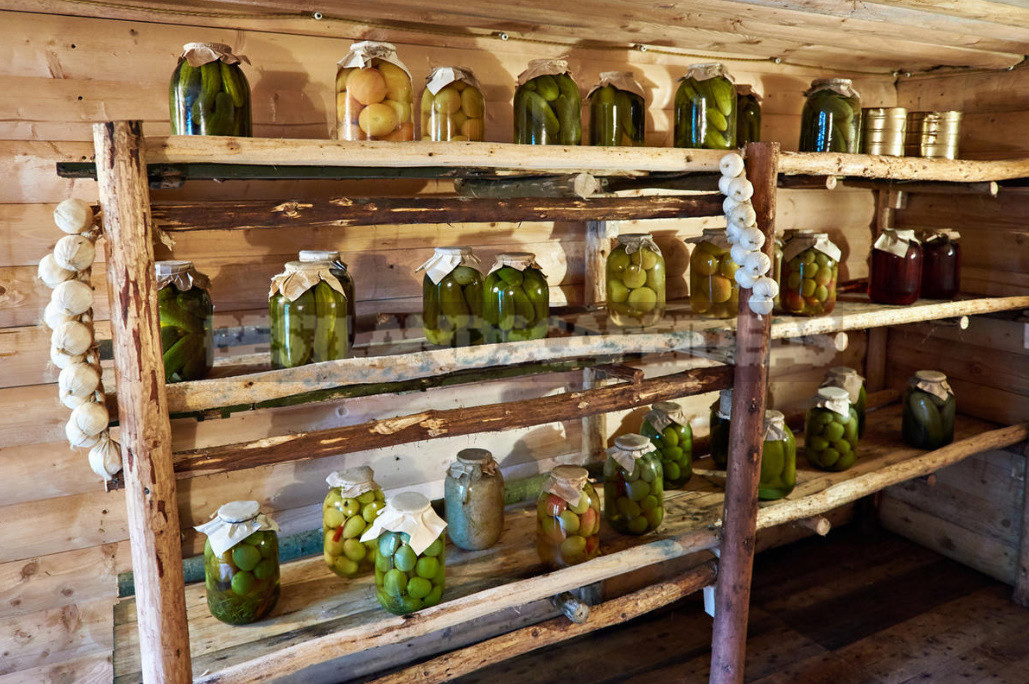
Experienced summer residents, directing their forces to obtain a decent harvest, understand that to grow vegetables and fruits is only half the battle. All this still needs to be preserved. And here you can not do without a good cellar, which will allow fresh fruits to remain as juicy and beautiful, and blanks in banks will make it even tastier.
A good cellar is a clean, cool room that helps the gardener, rather than adding to his problems. But in storage often appear damp and mold, because of which fresh fruits and vegetables quickly rot, and the lids on the banks are covered with rust. How to get rid of mold in the cellar and save the crop grown so hard?
Why does mold appear
If the cellar maintains optimum humidity, equal to 85-90%, the quality of supplies will always remain at a height. Increasing these values leads to dampness and, as a consequence, the active reproduction of pathogens.
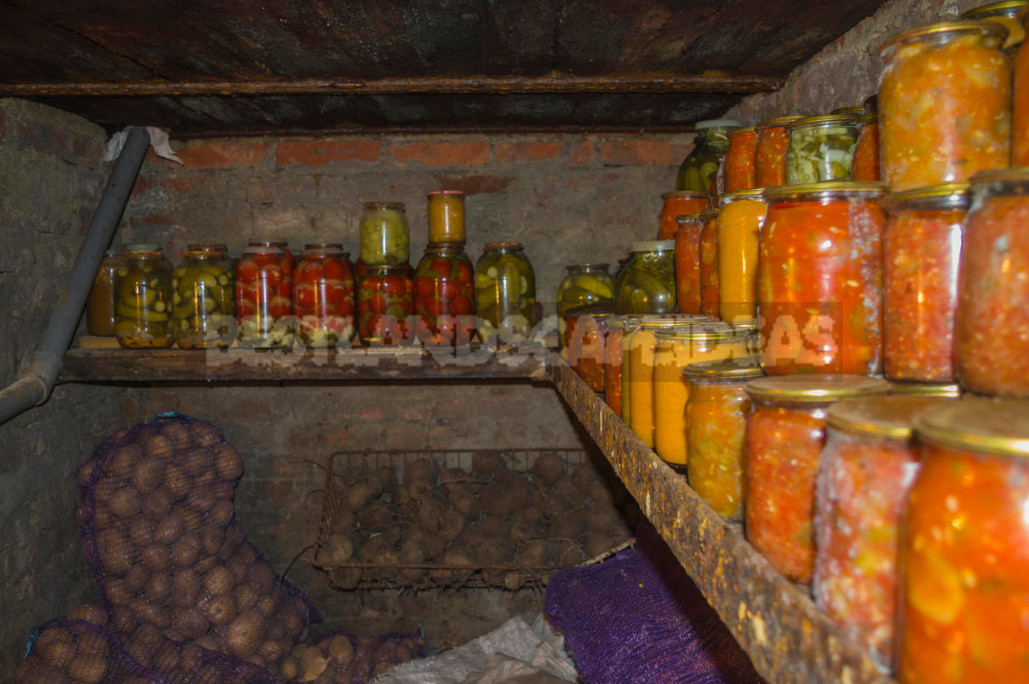
Short-sighted comrades from year to year are fighting this scourge, scraping stains from the walls, ceiling and shelves of the room and “etching” disinfectants. But if the grayish-black plaque again and again sneaks to the crop, it’s time to think about the causes of excessive humidity in the cellar and ask yourself the following questions:
- does the ventilation system cope with its functions?
- does excess moisture get through cracks in the walls?
- is the storage floor heated by closely spaced groundwater?
Eliminate the root cause
Coordinate your actions will help a careful inspection of the “inside” of the cellar:
- walls and ceiling, covered with condensate, will make you pay attention to ventilation;
- if water drops are visible only on the walls, you will have to do waterproofing of the room;
- the floor, which constantly or periodically appear puddles, signals the threat posed by groundwater.
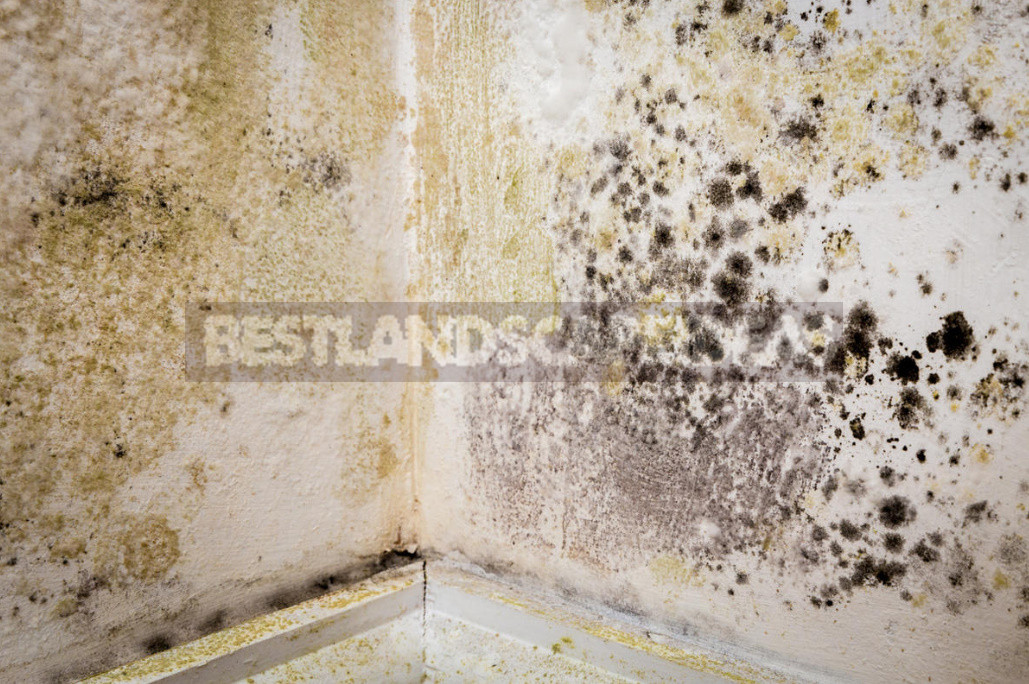
Improve ventilation
The cellar must be carried supply and exhaust ducts, which are placed on opposite walls to create traction and sufficient ventilation storage. The inlet duct is mounted at a height of about 200 mm from the floor, and the top exhaust should be placed under the ceiling — below the level of 100-200 mm. be Sure to insulate ducts to protect them from freezing in the winter, will provide screens from penetration of rodents, and also add condensate traps and valves.
The efficiency of the system depends on the size of the ventilation pipes: the more spacious the cellar, the greater the cross-section should have ducts. If they do not cope with their task, replace them with pipes of the optimal diameter, or add additional structures to the existing ones.
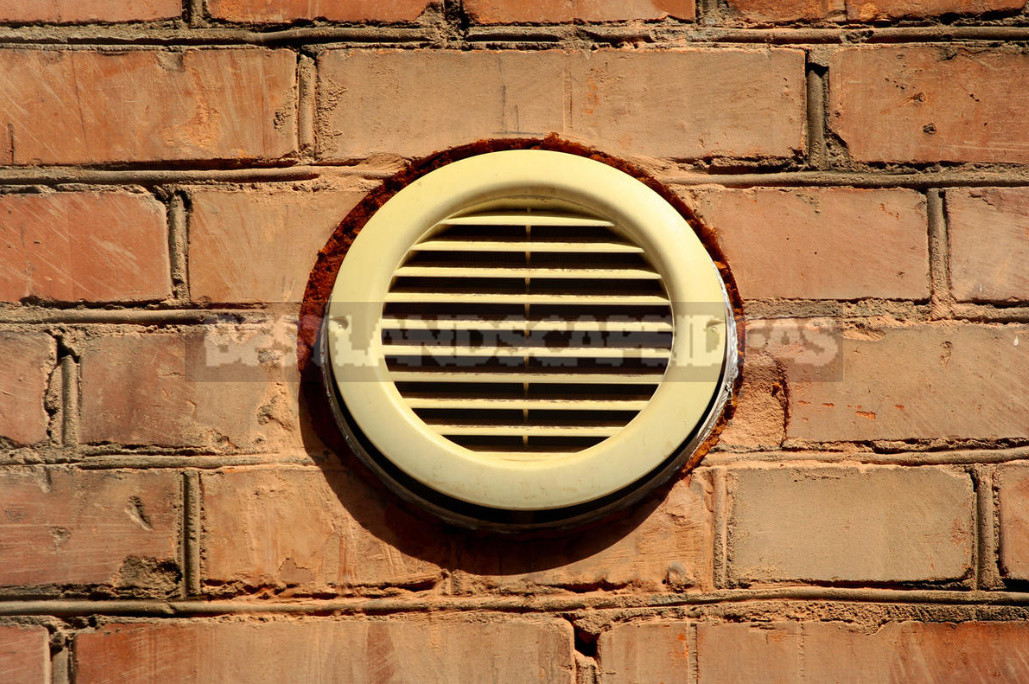
In production vegetable stores install forced ventilation-special equipment that provides a constant flow of fresh air. Such a system is not cheap, but wealthy gardeners who grow vegetables and fruits not for the sake of saving, but for fun, with it will be able to easily rid your cellar of moisture and mold.
A great influence on the microclimate of storage have water pipes and sewers, if they are in the basement of private ownership. Due to the temperature difference between the liquid flowing through them and the air in the room, moisture condenses. If this is your case, be sure to insulate engineering networks with mineral wool, foam or extruded polystyrene.
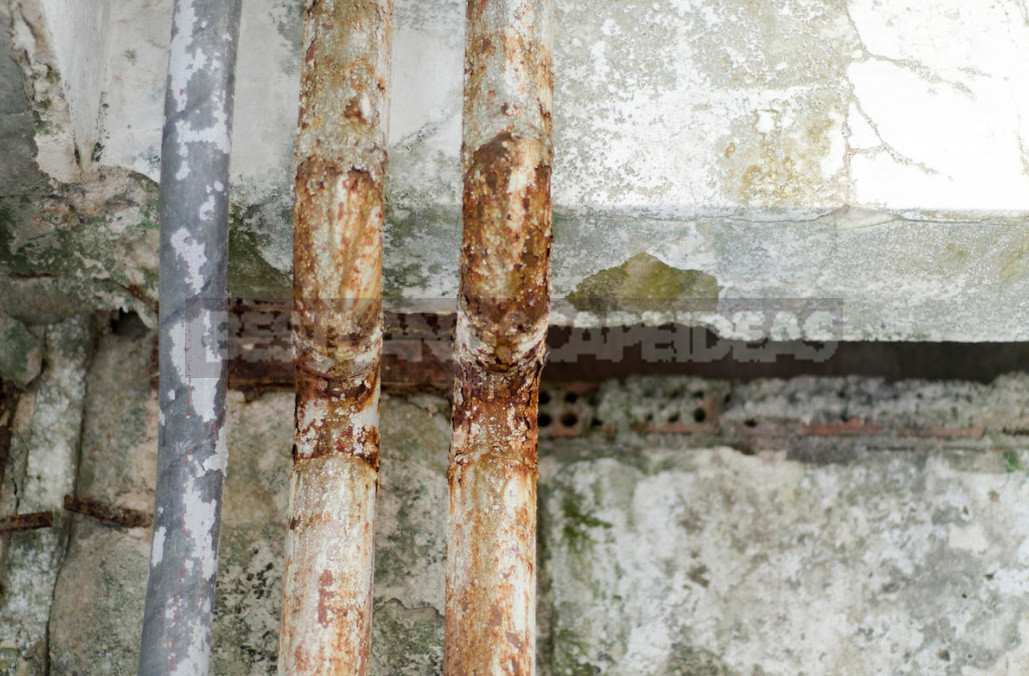
Isolate the capillary moisture
If the technology of construction of the cellar was violated, over time, cracks may form on its walls, through which moisture will seep from the soil. Choose the most appropriate solution to the problem.
- Glue the outer and inner wall surfaces and roofing material or waterproofing. Bitumen mastic and polymer resin will add reliability to the waterproofing material.
- Apply a special waterproofing mixture to the surface of the walls, which will block the cracks and will not allow capillary moisture to penetrate into the storage.
- Build protective shields of geotextile or betonite (cellar shielding), if the storage in addition to capillary moisture harm groundwater.
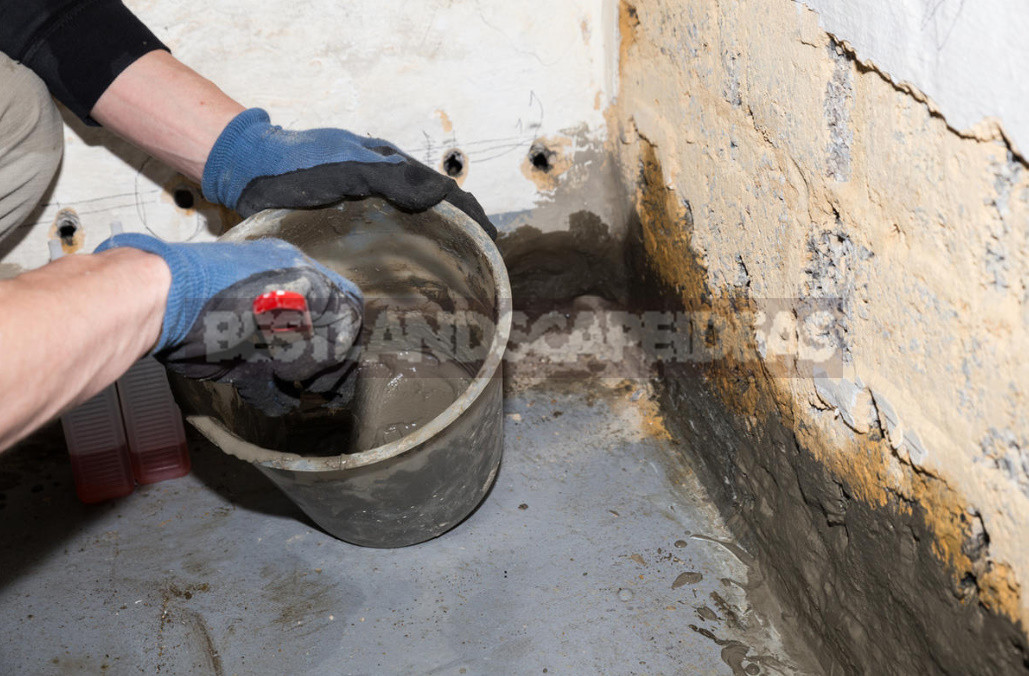
Struggling with groundwater
This problem will require time-consuming work, but it is urgent, because sooner or later can cause the collapse of the cellar. In this case, you will need to dig out the Foundation and do its strengthening, as well as to organize a reliable drainage around the perimeter of the building. After that, proceed to waterproofing works on the outer and inner sides of the room.
For external waterproofing, dry the wall thoroughly. Cover the surface with antifungal agent and coat with waterproofing agent. At the end of the work fill the trench and build a new blind area. Internal waterproofing involves careful drying of the room and removal from the walls of the old coating. Here, too, will require treatment of walls antifungal agent and application of waterproofing.
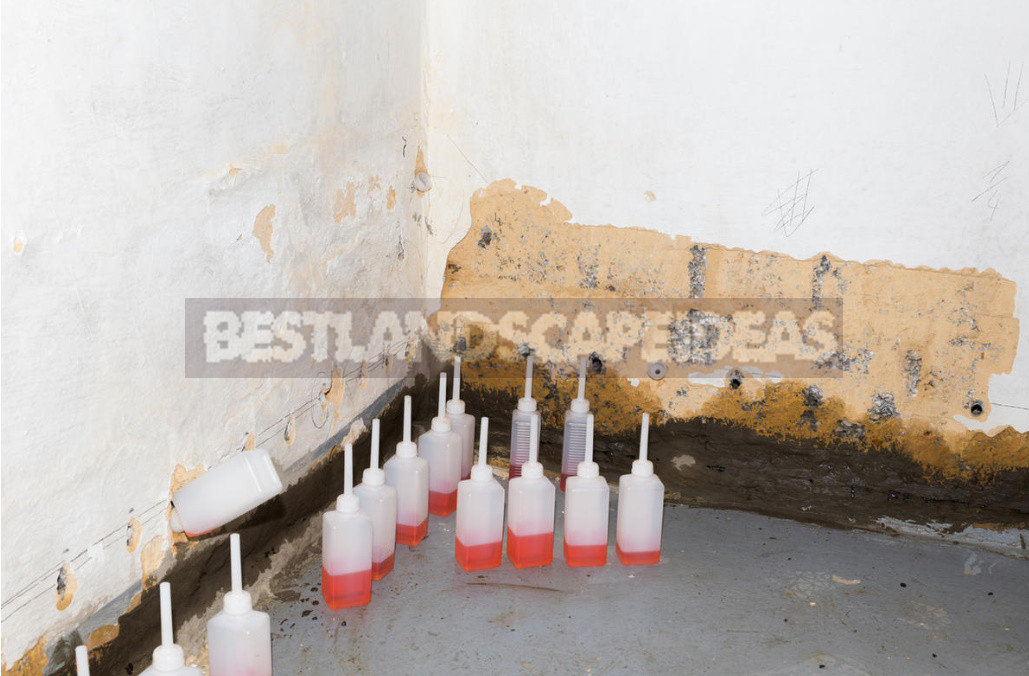
The floor of the vault also requires attention. If it is clay or earth, remove the layer 5-7 cm thick and cover the surface with a waterproofing film in 2 layers. Return the clay or earth to its place, fill it with concrete, and then level. When seasonal flooding cellar groundwater can help floor “pillow” of sand or gravel 10 cm thick, as well as placed in the corners of the room capacity with lime, salt or ash.

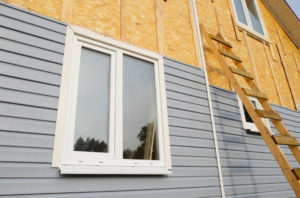


Leave a Reply